Carnegie Clean Energy announced that it has signed a Memorandum of Understanding (MOU) with the Chugachmiut native tribal organisation to investigate the deployment of its CETO wave power generation system in Alaska’s Chugach region.
Carnegie’s CETO technology, which at the commercial scale comes in units of 1 MW generation capacity, features a submerged, buoy-like device tethered to the seabed that oscillates with the movement of the waves to drive a generator, converting that energy into electricity.
Alaska derives about 30% of its electricity from renewable sources, primarily hydro power. The rest comes from fossil fuels and in rural and remote areas the costs are due to the need to transport fuel for diesel generators.
Chugachmiut Executive Director Angela Vanderpool said the organisation is now exploring the potential for wave energy to provide a local, secure energy source to communities within its service region along the Alaskan coastline.
“This revolutionary wave conversion system can potentially supply electricity to communities in the Chugach region,” she said. “We are excited for the potential of lowering energy costs in the region, and it’s clean, renewable, and sustainable.”
Carnegie Chief Executive Officer Jonathan Fievez said the company’s technology is well suited to support the clean energy transition of remote communities and the new agreement opens the way for the potential deployment of wave power generation in Alaska.
“The relationship formalised in this MOU reflects Carnegie’s business model to provide our wave energy technology to renewable energy project developers and owners globally,” he said.
“We are thrilled to have passionate partners like Chugachmiut approaching us with a vision to deploy CETO in their communities. We look forward to continuing to deepen our understanding of their needs and exploring how CETO can bring sustainable and secure energy to the Chugach region.”
The MOU will run initially for three years. Under the agreement, Carnegie and Chugachmiut will investigate the technical and commercial pathways needed to progress the deployment of CETO in the region, including potential activities such as wave buoy deployments, bathymetric surveys, local infrastructure review and development, stakeholder engagement, and securing project funding.
The Alaskan agreement comes after Carnegie last month secured more than $2.5 million in funding from the Spanish government to continue the development and deployment of a CETO wave power generation system in waters off the coast of Spain.
In Australia the Carnegie’s focus has been on a separate technology spun out of its CETO generators, called MoorPower. The company said MoorPower leverages the core principles of the CETO technology but rather than using a stand-alone buoy system, the scaled-down technology is designed to be integrated with moored offshore vessels.
This content is protected by copyright and may not be reused. If you want to cooperate with us and would like to reuse some of our content, please contact: editors@pv-magazine.com.
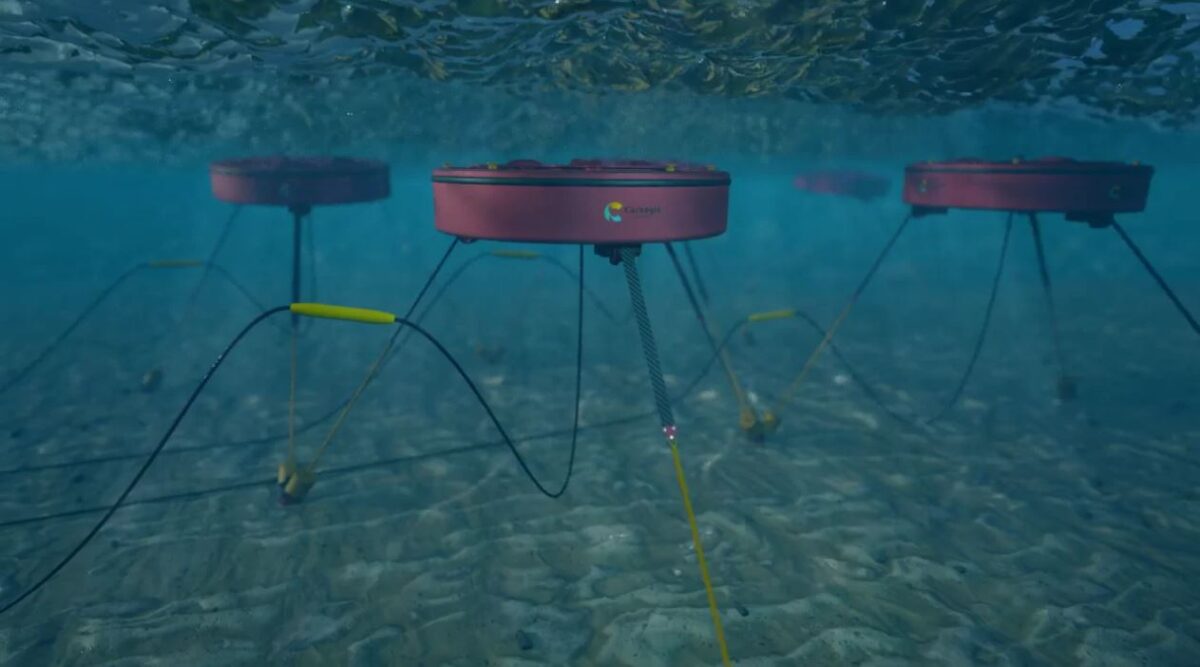
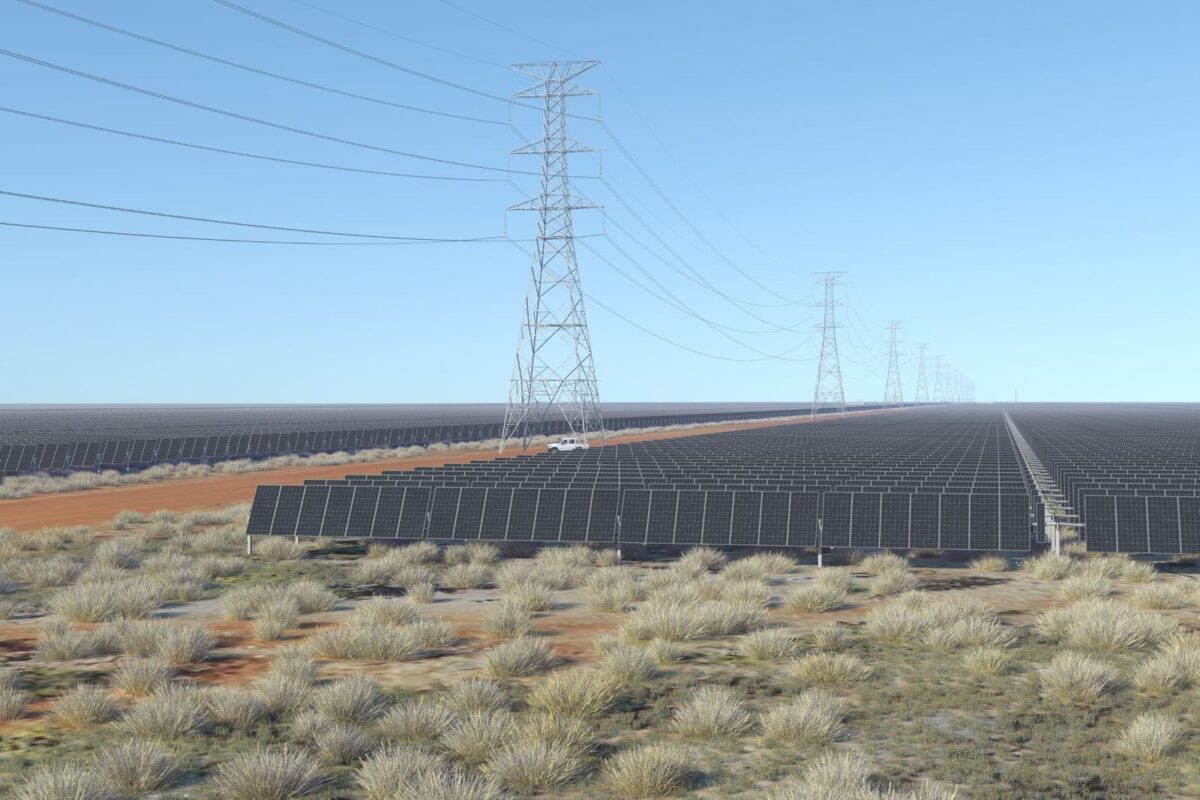
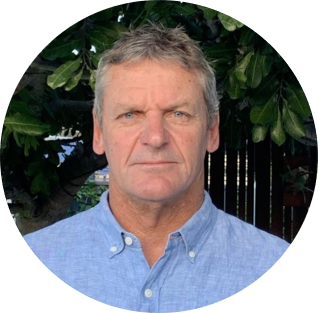



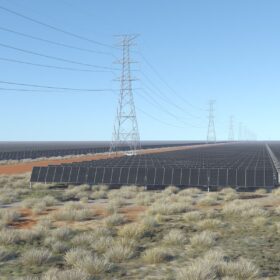
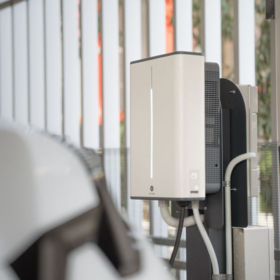
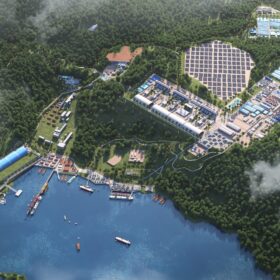
By submitting this form you agree to pv magazine using your data for the purposes of publishing your comment.
Your personal data will only be disclosed or otherwise transmitted to third parties for the purposes of spam filtering or if this is necessary for technical maintenance of the website. Any other transfer to third parties will not take place unless this is justified on the basis of applicable data protection regulations or if pv magazine is legally obliged to do so.
You may revoke this consent at any time with effect for the future, in which case your personal data will be deleted immediately. Otherwise, your data will be deleted if pv magazine has processed your request or the purpose of data storage is fulfilled.
Further information on data privacy can be found in our Data Protection Policy.